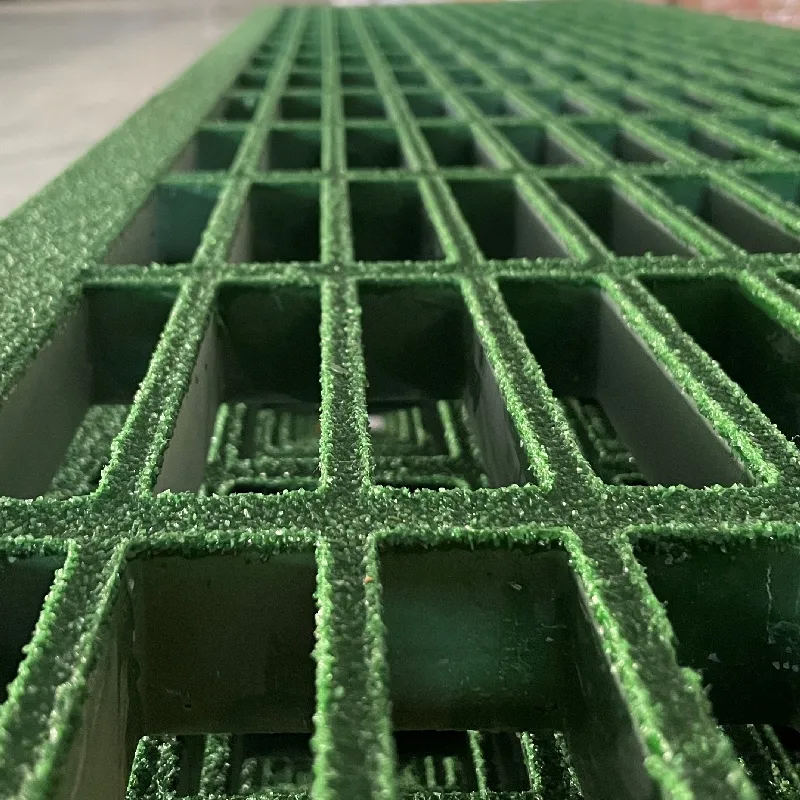loading...
- No. 9, Xingyuan South Street, Dongwaihuan Road, Zaoqiang County, Hengshui, Hebei, China
- admin@zjcomposites.com
- +86 15097380338
- Welcome to visit our website!
frp bar
Understanding FRP Bars The Future of Construction Reinforcement
Fiber Reinforced Polymer (FRP) bars have emerged as a revolutionary material in the construction industry, offering a range of advantages over traditional steel reinforcement. As global construction practices evolve, the importance of durable, lightweight, and corrosion-resistant materials cannot be overstated. FRP bars stand out in this context, presenting solutions that cater to the challenges faced by modern engineering.
What are FRP Bars?
FRP bars are composite materials made from a polymer matrix reinforced with fibers, predominantly glass, carbon, or aramid. The manufacturing process involves combining these fibers with resin to create a strong, lightweight, and non-corrosive reinforcing bar. This unique composition gives FRP bars several distinct properties that differentiate them from conventional steel rebar.
Advantages of FRP Bars
1. Corrosion Resistance One of the most compelling advantages of FRP bars is their inherent resistance to corrosion. Unlike steel, which is susceptible to rust and degradation when exposed to moisture, chemicals, and harsh environmental conditions, FRP bars maintain their integrity over time. This characteristic is particularly beneficial for structures exposed to seawater, de-icing salts, or chemical environments, significantly reducing maintenance costs and prolonging service life.
2. Light Weight FRP bars are significantly lighter than steel, making them easier to handle and transport. This weight advantage can lead to reduced labor costs and enhanced construction efficiency, as less equipment is required for lifting and placement. Furthermore, lightweight materials contribute to lower overall project costs and reduced structural loads, allowing for innovative designs without compromising safety.
3. High Strength-to-Weight Ratio Despite their lightness, FRP bars boast a high strength-to-weight ratio. This means that they can provide equivalent or superior tensile strength compared to traditional steel bars while weighing much less. This property is crucial in applications where weight reduction is a priority, such as in the construction of bridges, tunnels, and high-rise buildings.
frp bar

4. Thermal and Electrical Insulation FRP bars do not conduct electricity, making them ideal for use in structures where electrical conductivity could pose a risk. Additionally, they have excellent thermal insulation properties, which can help maintain temperature control in certain applications. These characteristics can lead to safer and more energy-efficient buildings.
5. Design Flexibility The versatility of FRP bars extends to their design. They can be molded into various shapes and sizes, allowing engineers to innovate and optimize structural designs. This flexibility supports the development of more aesthetically pleasing structures while meeting functional requirements.
Applications of FRP Bars
Given their benefits, FRP bars are increasingly being used in a variety of construction applications. They are particularly prevalent in bridge construction, where durability and corrosion resistance are paramount. Other applications include buildings, parking structures, and marine environments where exposure to harsh conditions is common. Additionally, FRP bars can be effectively used in retrofitting existing structures, providing enhanced strength and extending the life of aging infrastructure.
Challenges and Considerations
Despite their many advantages, the adoption of FRP bars is not without challenges. The initial material cost can be higher than that of conventional steel, which may deter some projects looking to minimize upfront expenditures. Moreover, the long-term performance of FRP bars in various environments is still being studied, and regulatory standards are evolving to integrate these materials into building codes.
Conclusion
As the construction industry continues to seek materials that combine resilience, sustainability, and efficiency, FRP bars present a compelling option. Their unique properties, such as corrosion resistance, lightweight design, and high strength, position them as a key player in future construction practices. As awareness grows and research advances, FRP bars may well become a staple in the development of innovative and durable structures, contributing to a greener and more sustainable built environment.
-
The Rise of FRP Profiles: Strong, Lightweight, and Built to LastNewsJul.14,2025
-
SMC Panel Tanks: A Modern Water Storage Solution for All EnvironmentsNewsJul.14,2025
-
GRP Grating: A Modern Solution for Safe and Durable Access SystemsNewsJul.14,2025
-
Galvanized Steel Water Tanks: Durable, Reliable, and Ready for UseNewsJul.14,2025
-
FRP Mini Mesh Grating: The Safer, Smarter Flooring SolutionNewsJul.14,2025
-
Exploring FRP Vessels: Durable Solutions for Modern Fluid HandlingNewsJul.14,2025
-
GRP Structures: The Future of Lightweight, High-Performance EngineeringNewsJun.20,2025
